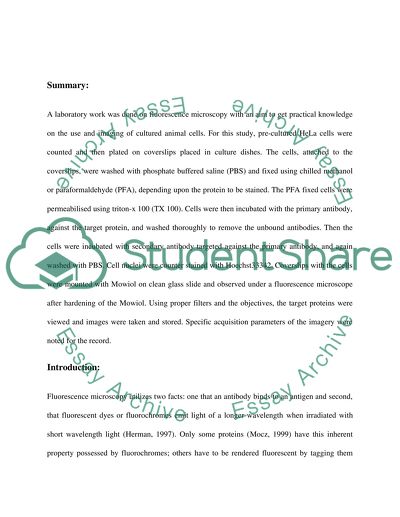Cite this document
(“Lab Report Practical Fluorescence Microscopy Practical Essay”, n.d.)
Lab Report Practical Fluorescence Microscopy Practical Essay. Retrieved from https://studentshare.org/health-sciences-medicine/1442870-lab-report-practical-fluorescence-microscopy
Lab Report Practical Fluorescence Microscopy Practical Essay. Retrieved from https://studentshare.org/health-sciences-medicine/1442870-lab-report-practical-fluorescence-microscopy
(Lab Report Practical Fluorescence Microscopy Practical Essay)
Lab Report Practical Fluorescence Microscopy Practical Essay. https://studentshare.org/health-sciences-medicine/1442870-lab-report-practical-fluorescence-microscopy.
Lab Report Practical Fluorescence Microscopy Practical Essay. https://studentshare.org/health-sciences-medicine/1442870-lab-report-practical-fluorescence-microscopy.
“Lab Report Practical Fluorescence Microscopy Practical Essay”, n.d. https://studentshare.org/health-sciences-medicine/1442870-lab-report-practical-fluorescence-microscopy.


